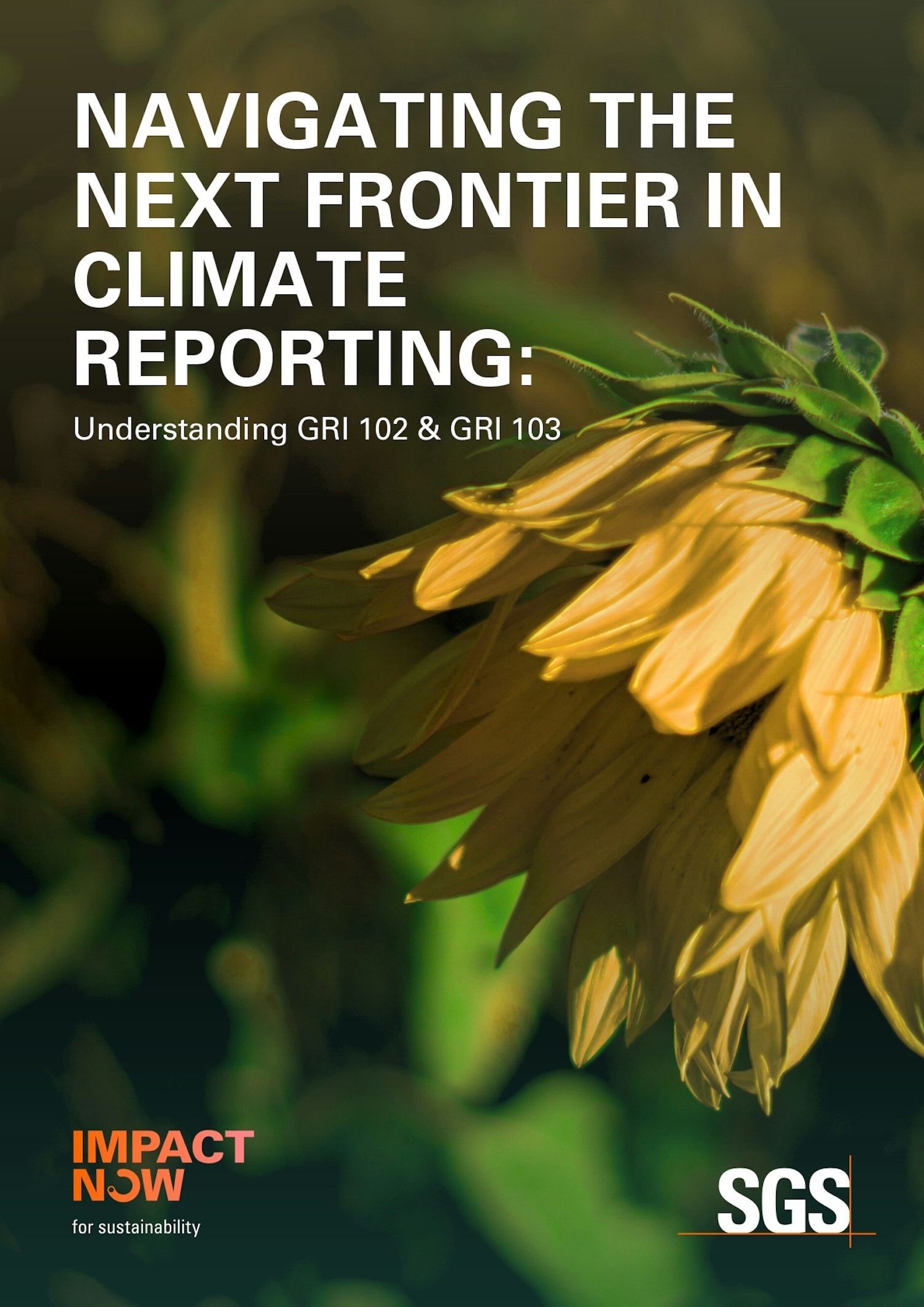The Global Reporting Initiative (GRI) has released two new sustainability standards, GRI 102: Climate Change (2025) and GRI 103: Energy (2025), marking a paradigm shift in how climate responsibility is framed and disclosed. These standards go beyond emissions accounting to integrate strategy, social equity and financial accountability into climate and energy reporting.

In this white paper, our experts break down the new requirements and their implications, helping you understand how to:
- Implement the four pillars of GRI 102: transition and adaptation plans, just transition, ambition and transparency, and financial integration
- Adopt GRI 103 for comprehensive energy disclosures across your value chain, distinguishing renewable and non-renewable sources, and integrating energy intensity metrics
- Align with science-based targets, IFRS S2, and the GHG Protocol for consistent and credible reporting
- Strengthen stakeholder trust with transparent, forward-looking climate strategies
Whether you are preparing for the 2025 reporting cycle or seeking to enhance your climate governance, this white paper will guide you in embedding these new standards into your ESG strategy and operational practices.
Download now to learn how GRI 102 and GRI 103 can help you:
- Integrate climate action into your business model
- Meet rising stakeholder expectations for climate transparency
- Drive measurable progress toward net-zero and sustainable energy use
16th Floor, Block A, No.73 Fucheng Road, Century Yuhui Mansion,
Beijing, Haidian District,
China